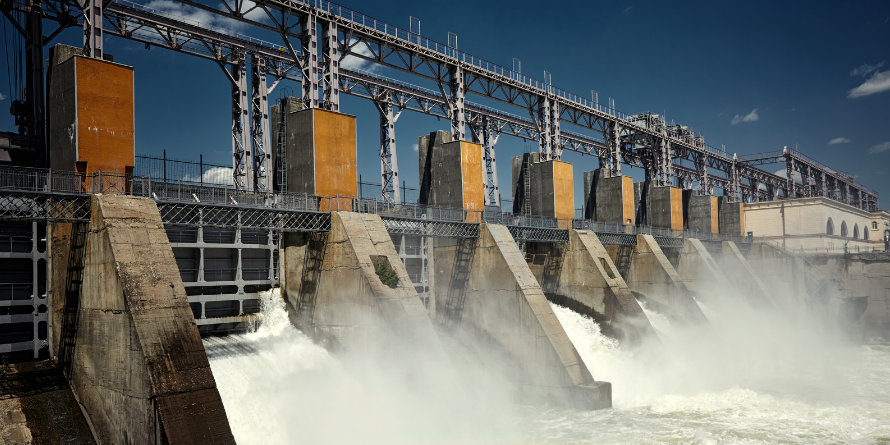Posted on: 03/12/2021
At the UN Climate Conference, COP26, Chancellor Rishi Sunak opened ‘Finance Day’ with the goal to make the UK the world’s first net-zero financial centre. He unveiled plans to force the largest firms and financial institutions to show how they intend to move their businesses to net zero. A number of businesses have accelerated their journey to net-zero and one-fifth of the world’s largest organisations have set net-zero targets during the COVID-19 pandemic; many will follow suit with the additional political, social and financial pressures stemming from COP26.
As more and more businesses switch to renewable energy, questions have been raised about just how ‘green’ these supplies are. Greenwashing has hit headlines and businesses must now communicate their renewable energy procurement decisions with confidence in a format that employees, customers and stakeholders can easily recognise and understand. This has led to the UK electricity market becoming more saturated with new and existing suppliers offering 100% renewable products and the demand for REGOs has doubled in the last four years.
A CPPA enables large businesses to enter into a long-term contract with a renewable generator to buy electricity from an existing project or a new-build. This provides clarity on the source of energy procured. Contracting with a renewable generator via a CPPA provides a clear and traceable source of power and REGOs over an extended period that can align well with long-term and impactful sustainability goals. With a volatile wholesale market, businesses can benefit from price certainty, locking in fixed prices with mechanisms to manage the intermittent renewable generation capacity and forecast supply volumes.
When committing to net-zero targets, businesses can also claim additionally when linked to a new build project, showing their contribution to wider climate change targets. CPPAs facilitate the decarbonisation of the wider grid and help to drive down its carbon intensity, while also providing brand differentiation and reputational benefits.
To date, the UK has so far seen a relatively slow adoption of CPPAs. However, it is believed that this is set to change. Last year alone, a global record of 23.7GW of clean energy was purchased through CPPAs, growing by 18% from 2019.
Unfortunately to date, hydropower has not been the technology of choice for a CPPA with Cornwall Insight recently highlighting only one publicly announced CPPA in August 2019 using hydro, Dane Valley Community. This project was initiated by a Community Benefit Company founded by six locals to purchase, build, and manage a hydropower facility at Havannah Weir, Eaton. As well as generating energy with minimal environmental impact, the project aims to build awareness in the local community about renewables and climate change.
This project although small could point towards the future of localised renewable procurement. In a turbulent market, many in the UK are turning to on-site, direct wire renewables to minimise energy costs while simultaneously enhancing their environmental credentials. For instance, The Thames Lido has recently set up hydro turbines to power their site. Reading Hydro Community Benefit Society funded £1.1 million to build the plant, which they believe will bring a profit to its members as well as provide sustainable energy. The surplus energy is sold back to the National Grid, resulting in a yearly profit of £63,000. Interest in private wire supply has surged since network prices and supplier taxes have risen dramatically in recent years.
There are some obvious hurdles with direct wire, such as building the infrastructure to allow for on-site generation or ensuring that both sites are in close enough proximity to connect them directly. There are also considerations to be made with charges. Ofgem is currently evaluating network charging policies, with the likelihood that more charges will be recovered through fixed or capacity-based charges rather than variable unit prices. If there is concern about the growing demand for avoiding these charges, the government may try to limit the avoidance of supplier levies from direct wire generation.
Opting for a CPPA or a direct wire is investing in renewables in a strategic way to show commitment to net-zero. It’s the future of renewable energy and can create a wider and lasting change for businesses, generators and the grid. We look forward to continuing the support of businesses and generators as they navigate through the future of renewable energy and along the way we envisage a future where more community hydro schemes linked to CPPAs and direct wires will be possible alongside other technology types.

 United States
United States Australia
Australia






